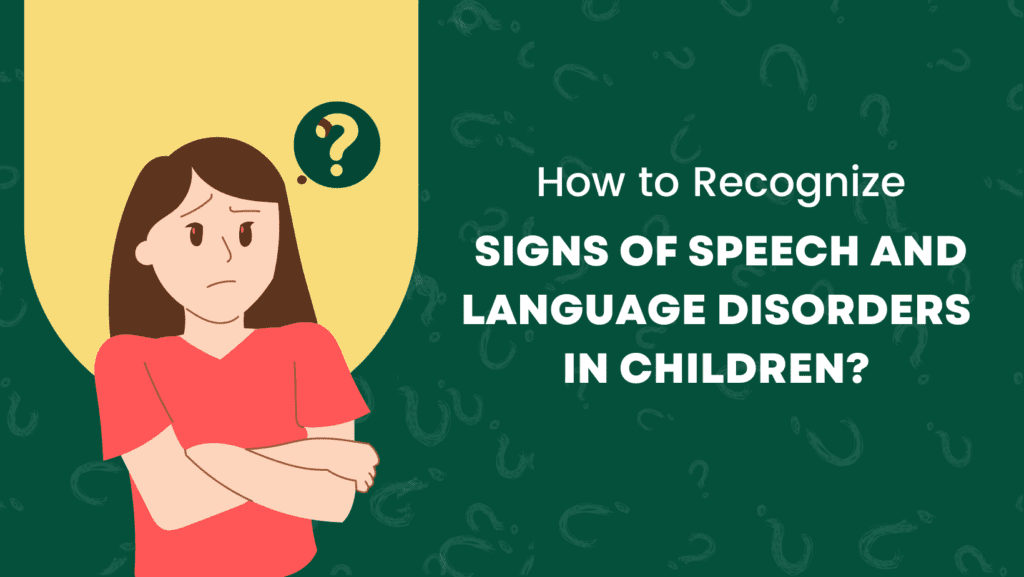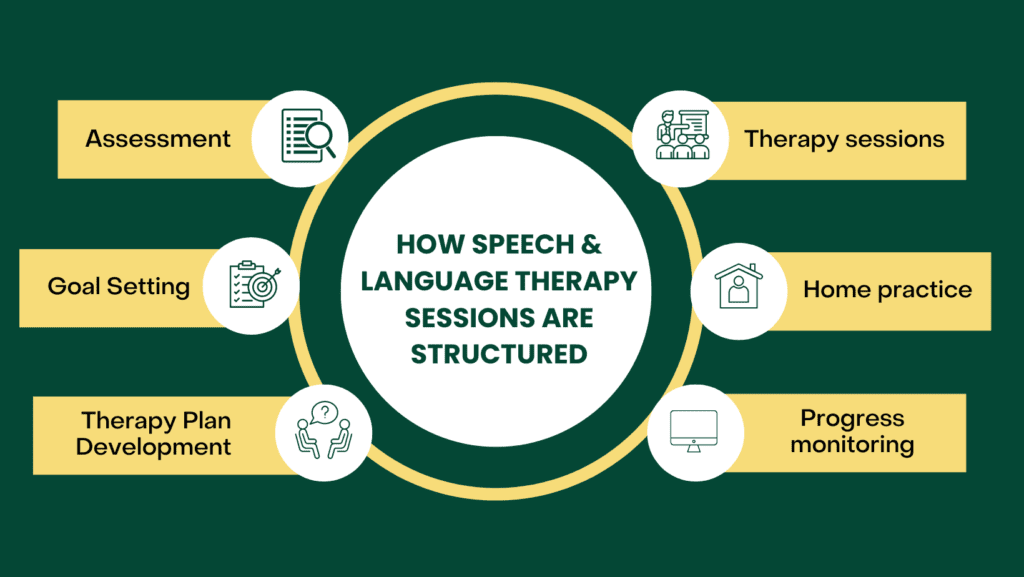
Speech and language therapy (SLT) is an essential healthcare service for children with communication difficulties. Communication is a vital aspect of human interaction and is essential for social, emotional, and academic development. Children who have speech and language difficulties may struggle with expressing themselves, understanding others, and participating in social situations.
What is Speech and Language Therapy?
Speech and language therapy (SLT), also known as speech therapy, is a healthcare profession that focuses on the assessment, diagnosis, and treatment of communication disorders in children and adults. Speech and language therapists provide support to individuals who experience difficulties with speech, language, voice, fluency, and swallowing. They are trained professionals who specialize in this area.
This therapy uses various techniques and strategies to improve articulation, language activities, voice quality, and swallowing function. The therapy is tailored to the individual’s needs and goals, either one-on-one or in groups.
How to recognize signs of speech and language disorders in children?

Recognizing the signs of speech and language disorders is essential for successful therapy. While every child develops at their own pace, there are specific milestones that children typically achieve at different ages. Below are some signs that may indicate a speech or language disorder in a child:
1. Delayed speech and language development: If a child is not reaching typical speech and language milestones, such as babbling, saying their first words, or using two-word phrases, this could be a sign of a speech or language delay.
2. Difficulty with speech sound production: If a child is consistently mispronouncing sounds or struggling to produce certain sounds, this could indicate a speech sound disorder, such as apraxia or dysarthria.
3. Difficulty with understanding language: If a child has difficulty understanding what is being said to them or following directions, this could indicate a receptive language disorder.
4. Difficulty with expressing language: If a child has difficulty expressing themselves through language, such as having a limited vocabulary or struggling to form sentences, this could indicate an expressive language disorder.
5. Stuttering or other fluency issues: If a child experiences stuttering or other fluency issues, such as repeating words or phrases or prolonging sounds, this could indicate a fluency disorder.
6. Voice disorders: If a child has a hoarse or raspy voice or experiences vocal fatigue, this could indicate a voice disorder.
7. Difficulty with feeding and swallowing: A feeding or swallowing disorder is a condition where a child has difficulty chewing or swallowing food.
Parents should seek an evaluation from a pediatrician or speech and language therapist if they have concerns. Early intervention is essential for the best possible outcomes in children with speech and language disorders.
How speech and language therapy sessions are structured?
Speech and language therapists customize therapy sessions to meet the specific needs of the child. However, there are some general guidelines that speech and language therapists may follow when structuring sessions.

- Assessment: The first step in speech and language therapy is to assess the child’s speech and language skills. The therapist may conduct formal assessments, observe the child’s communication in different settings, and gather information from parents, teachers, and other professionals.
- Goal setting: Based on the assessment results, the therapist will work with the child and their family to set goals for therapy. These goals should be specific, measurable, achievable, relevant, and time-bound (SMART).
- Therapy plan development: The therapist will develop a therapy plan that outlines the strategies and techniques that will be used to achieve the therapy goals. This may include activities, exercises, and games designed to improve specific aspects of speech and language.
- Therapy sessions: Therapy sessions may be individual or in a group, depending on the child’s needs and the goals of therapy. Sessions typically last 30-60 minutes and may occur weekly or bi-weekly. The therapist will work with the child to practice specific skills and provide feedback and support.
- Home practice: The therapist may assign homework or activities to practice at home between sessions. Consistent practice can help reinforce the skills learned in therapy and accelerate progress.
- Progress monitoring: The therapist will continuously monitor the child’s progress and make adjustments to the therapy plan as required. Progress may be measured through various methods such as formal assessments, informal observations, and feedback from parents and teachers.
Benefits of speech and language therapy for children
Speech and language therapy can provide numerous benefits for children with speech and language disorders. Some of the Importance of Speech and Language Therapy are:
- Improved communication skills: Speech and language therapy can help children improve their ability to communicate effectively with others. This can include developing a larger vocabulary, improving grammar and syntax, and increasing overall fluency.
- Increased self-esteem: Speech and language therapy can help children feel more confident in their ability to communicate, leading to improved self-esteem and a positive self-image.
- Better academic performance: Strong communication skills are essential for success in school. Speech and language therapy helps children develop language and literacy skills to excel academically.
- Improved social skills: Developing effective social communication skills is essential, especially for children who face difficulties in speech and language. Due to this, they may struggle to participate in social activities or make friends. However, speech and language therapy can play a vital role in improving social skills, helping children interact successfully in various social situations.
- Enhanced quality of life: Communication is a vital part of everyday life. Children with speech and language disorders may experience limitations in life. Speech and language therapy can help children overcome these limitations, leading to an improved quality of life.
Conclusion
Speech and language therapy plays a crucial role in enhancing communication skills, social interactions, and academic success of children with communication difficulties. Hence, early intervention is vital, and parents or caregivers should recognize the benefits of speech therapy. Therefore, if they suspect their child has a communication disorder, they must seek professional help.
Therefore, speech and language therapy is an effective way to improve the quality of life of individuals with communication difficulties.
Crafting Lives is one of the Best Child Therapy Centre in Indirapuram, Ghaziabad. We also provide one on one therapies related to autism and special education in Indirapuram center. The center provided high-quality therapies to the CSN despite the pandemic.

